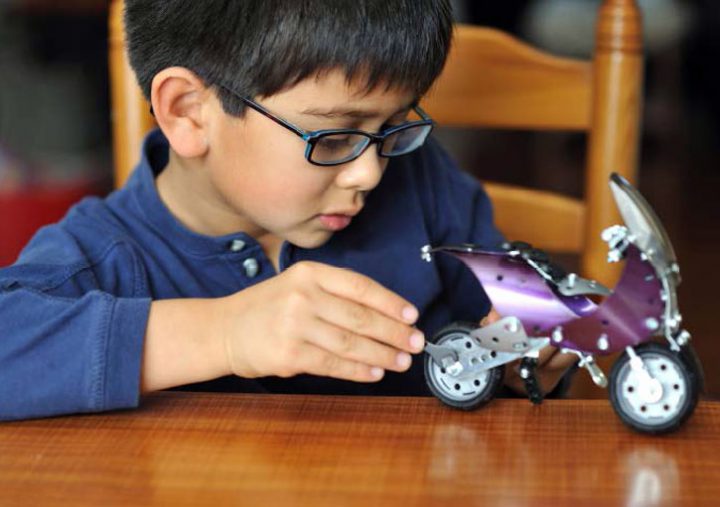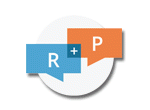Failing Forward: Managing Student Frustration During Engineering Design Projects

Why It Matters To You
- Teachers should communicate to students that engineering design requires sustained effort and repeated trials in order to learn through failure.
- District staff and PD providers should help teachers develop strategies for managing student frustration and reframing "failure" as productive.
- School leaders should communicate with stakeholders about the value of creating classroom cultures where students engage in engineering design and learn through failure.
What is the Issue?
The new vision for science education calls for students to engage in engineering design across K-12. These are iterative processes that require learning through repeated attempts and failures—something many students are not accustomed to. Such failures can lead to significant student frustration and discouragement. Given this, it is critical that educators be able to manage and redirect students' frustration, so that students can "fail forward" and learn how to learn from iterative cycles of engineering design.
Authors:
ANDREW SHOUSE AND HEENA LAKHANI
Reflection Questions
- How do you currently manage frustration and failure in your classroom? What new strategies fit your situation? Can you tap students with design expertise to help other students?
- Do you provide enough time for students to collaborate and iterate on their designs?
- Do your students believe that learning is accomplished through effort or that some are "just naturals?" Read why praise might be counterproductive. Experts are made, not born.
Things to Consider
- Reframe "failure" in engineering design as positive. Given the iterative nature of engineering design, it is inevitable that students will need to work through multiple iterations to develop a quality design. The NRC Framework suggests that having students pay attention to failure points and concentrate on generating novel solutions can enhance their capabilities to design solutions. This can also demonstrate to them that engineering is highly iterative— rather than a lock-step process. Help students understand that "failure" is a fundamental aspect of iterative design and redirect their frustration to focus on exploring new approaches and developing solutions to 'chronic snags.' This will allow students to deepen how they engage in the engineering design practices.
- Promoting a community of collaboration. Engineering is not only an iterative process, but also a highly social one. Collaboration provides students with more opportunities to share and build on their thinking—and leverage the knowledge and techniques of others. Through collaboration, students improve their ability to reason, engage in argumentation with peers, and learn how to leverage others' design ideas. Setting the norms for collaboration— similar to doing so for classroom discussion—can help lay the foundation for productivity and equity within a group.
Characteristics of Scientific Inquiry & Engineering Design
Scientific Inquiry:
- Demands evidence
- Is a blend of logic and imagination
- Explains and predicts
- Tries to identify and avoid bias
- Is not authoritarian
Engineering / Technological Design:
- Is purposeful
- Is based on certain requirements
- Is systematic
- Is iterative
- Is creative
- Allows many possible solutions
Attending to Equity
- All students can learn to engage in sophisticated engineering design. It provides them an opportunity to experiment with their unique ideas and strategies. Educators should foster an environment that supports student engagement in building and design—while encouraging them to reach for new levels of expertise.
- Design provides a range of 'entry points' for students to engage in the practices. Many students have hobbies or interests outside of school that involve repeated trials and refinement through sustained effort—such as gaming, sports, music, art, or programming. Drawing on these non-school experiences can help students relate to and identify with science and engineering.
Recommended Actions You Can Take
- Read this article on the importance of productive failure. Talk with colleagues to see how they manage student frustration and failure.
- Identify strategies that you can use to help reframe failure and deal with frustration. Here are suggested teacher talk moves for engineering design you can use in your classroom.
ALSO SEE STEM TEACHING TOOLS
STEM Teaching Tools content copyright 2014-22 UW Institute for Science + Math Education. All rights reserved.
This site is primarily funded by the National Science Foundation (NSF) through Award #1920249 (previously through Awards #1238253 and #1854059). Opinions expressed are not those of any funding agency.
Work is licensed under a Creative Commons Attribution-ShareAlike 4.0 Unported License. Others may adapt with attribution. Funded by the National Science Foundation (NSF). Opinions expressed are not those of any funding agency.


 Email Feedback
Email Feedback


